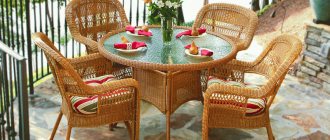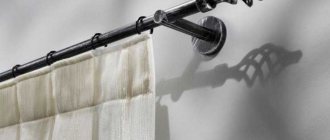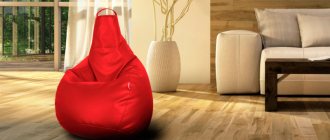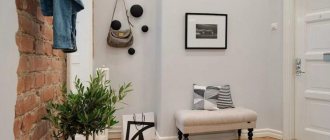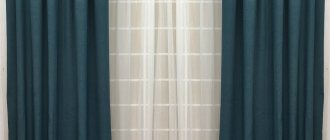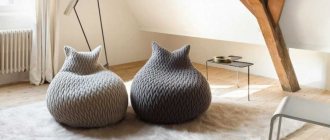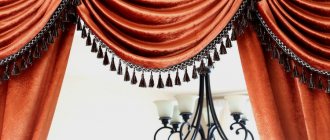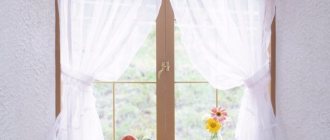Home / Natural fabrics
Back
Published: 12/08/2020
Reading time: 4 min
0
235
Thin, transparent, airy veil fabric first appeared in Asia. She emphasized the status of a woman and demonstrated her noble origin. As the popularity of this material grew, it began to be used to decorate the image. And now the veil is widely used in the textile industry.
There are different types of material that differ in composition and decoration technique. In order for a veil product to retain its original appearance longer, you need to properly care for it.
- 1. History
- 2 Description and properties
- 3 Types 3.1 By composition
- 3.2 By decoration technique
- 4.1 In design
Story
Viole is a French word that translates to veil. However, the history of this material is believed to begin in the East. Women used veil fabric to hide their faces and body curves. She played the role of a burqa, which demonstrated religious and class affiliation.
Women from Egypt, Rome, and Greece appreciated the tradition of wearing airy, shining fabric. She gave the image lightness, mystery, and femininity. So they started using this fabric as a headdress.
This is interesting. European women wore veil fabric in two colors: white and black. The first symbolized purity, purity, and the second - mourning, sadness.
In the 14th and 15th centuries, the aerial material migrated to France. A small piece of fabric was attached to the hat to hide the face and add charm and flirtatiousness to the image. There is information that the airy material was used as decoration not only by women, but also by men.
English ladies also adopted this piquant detail from the French. This is how the word “the veil” appeared in the English dictionary; translated into Russian it sounds like a veil. Now the word “veil” is understood as a thin, light material that is used for sewing clothes and decorative elements.
Tulle voile
This tulle will fit perfectly into the interior of any home. Now there are a great variety of different colors and patterns on the market. This tulle looks truly airy and gentle, and will perfectly decorate any room and add zest to it.
Tulle veil photos will help you imagine how this beauty can look in your home: When you come to the store to buy tulle, you may fall into doubt, since now there is a large selection of materials that are suitable for this role. All fabrics are good in their own way and will look different in your interior, for example, a micro-veil differs from a regular veil in that it is lighter and its weaving is several times smaller. Also, all these fabrics are quite different in price; by the way, for voile fabric the price per meter is around 100 rubles. Useful: cashmere - description of the fabric in another article.
If your tulle no longer looks the same as it did at the very beginning, then you can bleach it at home using the following products: 1. Citric acid and soap: Lather the entire fabric with soap and soak in water for half an hour. Afterwards, rinse it with water with the addition of citric acid 2. Blue: Add a cap of blue to a container with warm water and rinse the material in it for 5 minutes, then rinse thoroughly with water.
Additionally: matting - what is it? We will talk about this matter in another article.
Description and properties
A veil is a sparsely woven fabric that has a mesh structure. It is created using the plain weave method. This is a simple type of weave in which each warp thread is intertwined with a weft thread.
Natural voile fabric is created from cotton, silk or wool fibers. Also widely available on sale is material made from synthetics.
Cotton-based fabric is used for sewing clothes and interior decorative elements. For the same purposes, artificial fabric is used, which is wear-resistant. Cloths made of wool or silk threads are considered exclusive.
Synthetic and combined fabric is found in a variety of colors; it can be printed (a printed design is on the surface of the fabric). Material made from cotton fibers is only available in snow-white. And linen is presented in pastel shades.
To decorate the veil fabric, they use embroidery, the etching method (multi-color patterns on a dark surface), etc. These technologies make it possible to create transparent patterns or lace on the fabric, which give it sophistication.
This is interesting. Voile fabric with a gradient effect is now popular. Then the white color on top smoothly transitions into any other color below.
Voile fabric has the following properties:
Author:
Anastasia Kukushkina
I hope you enjoy the article I have prepared for you! If you find errors in it, write to me about it! I will answer any questions you have, ask them!



